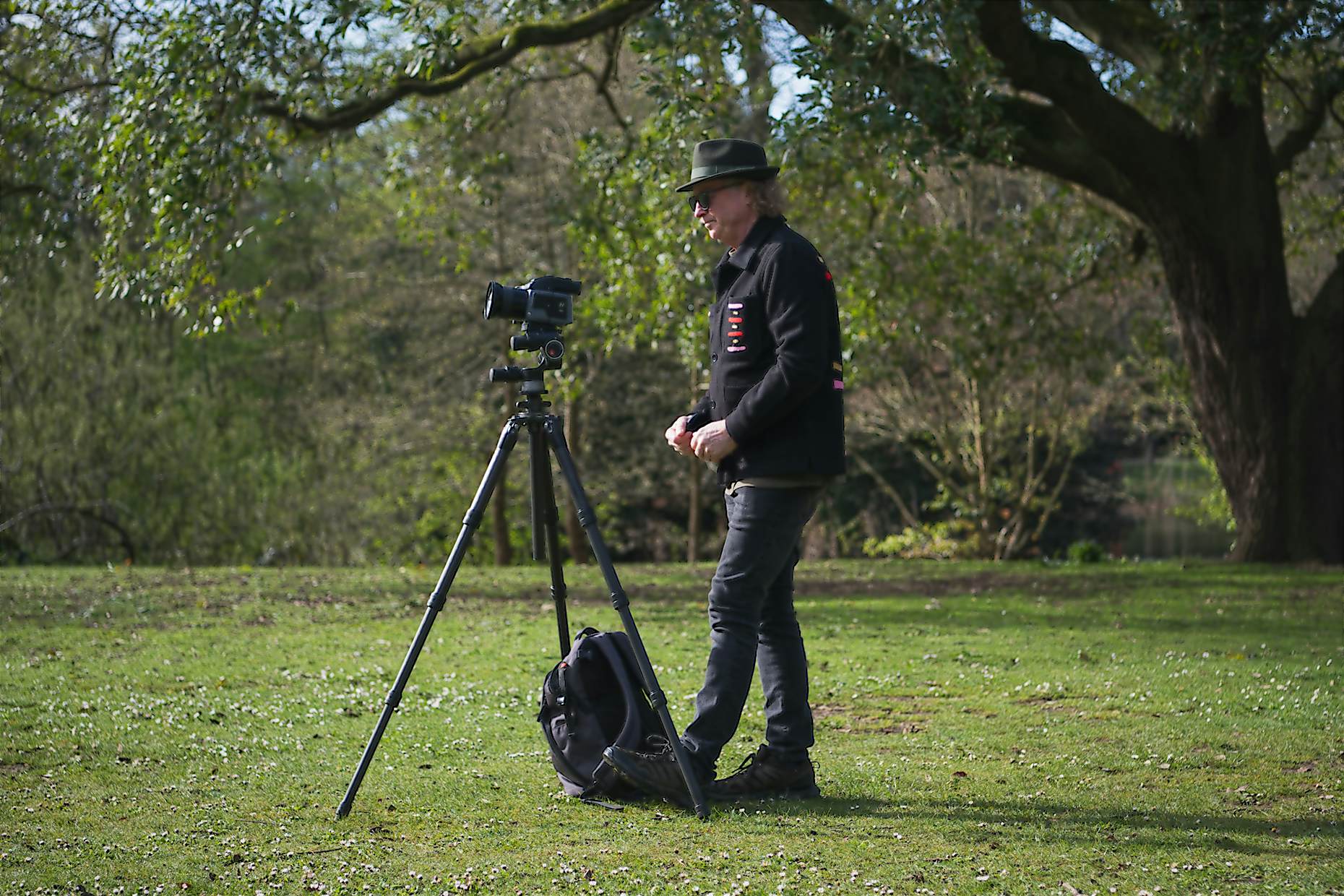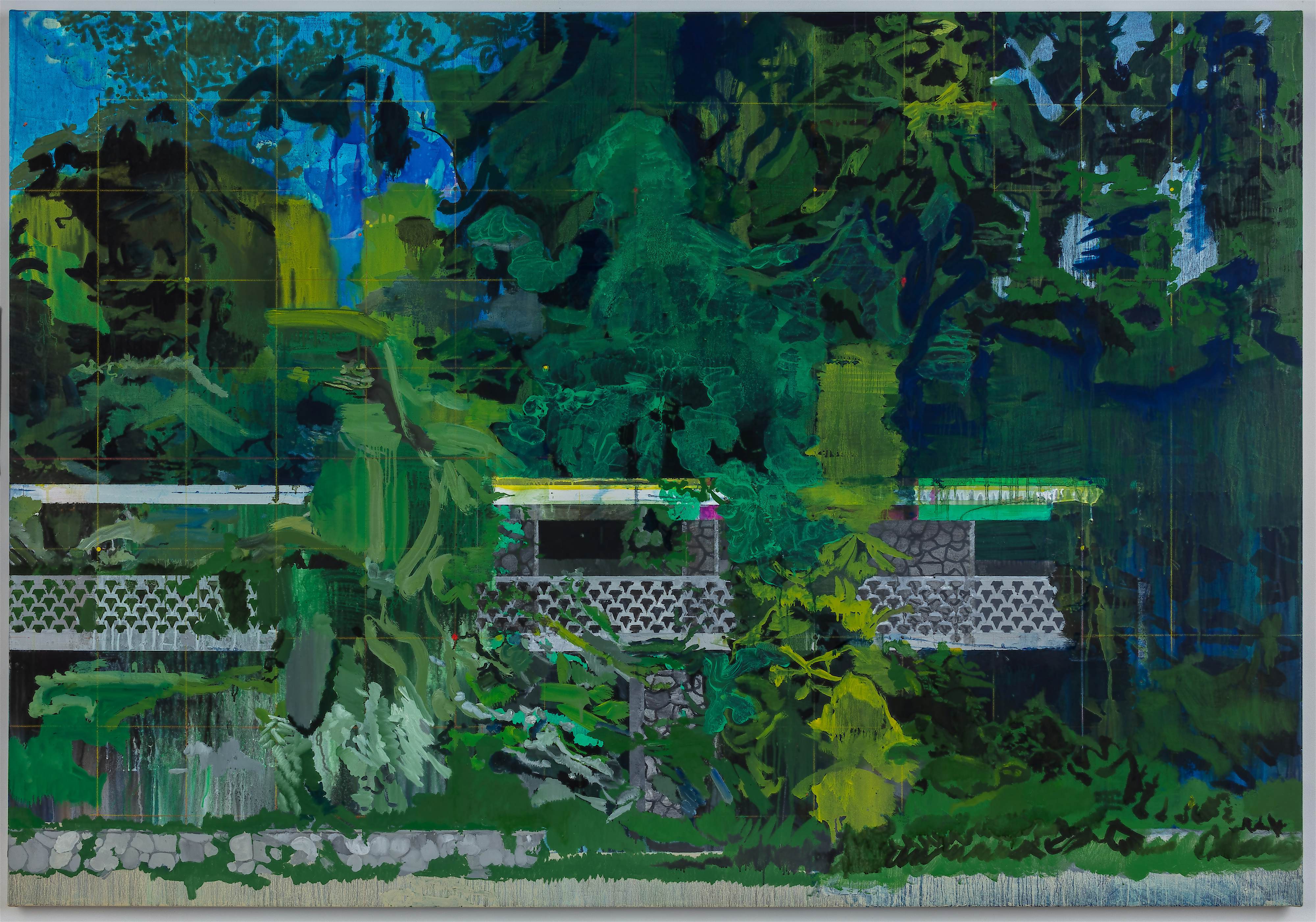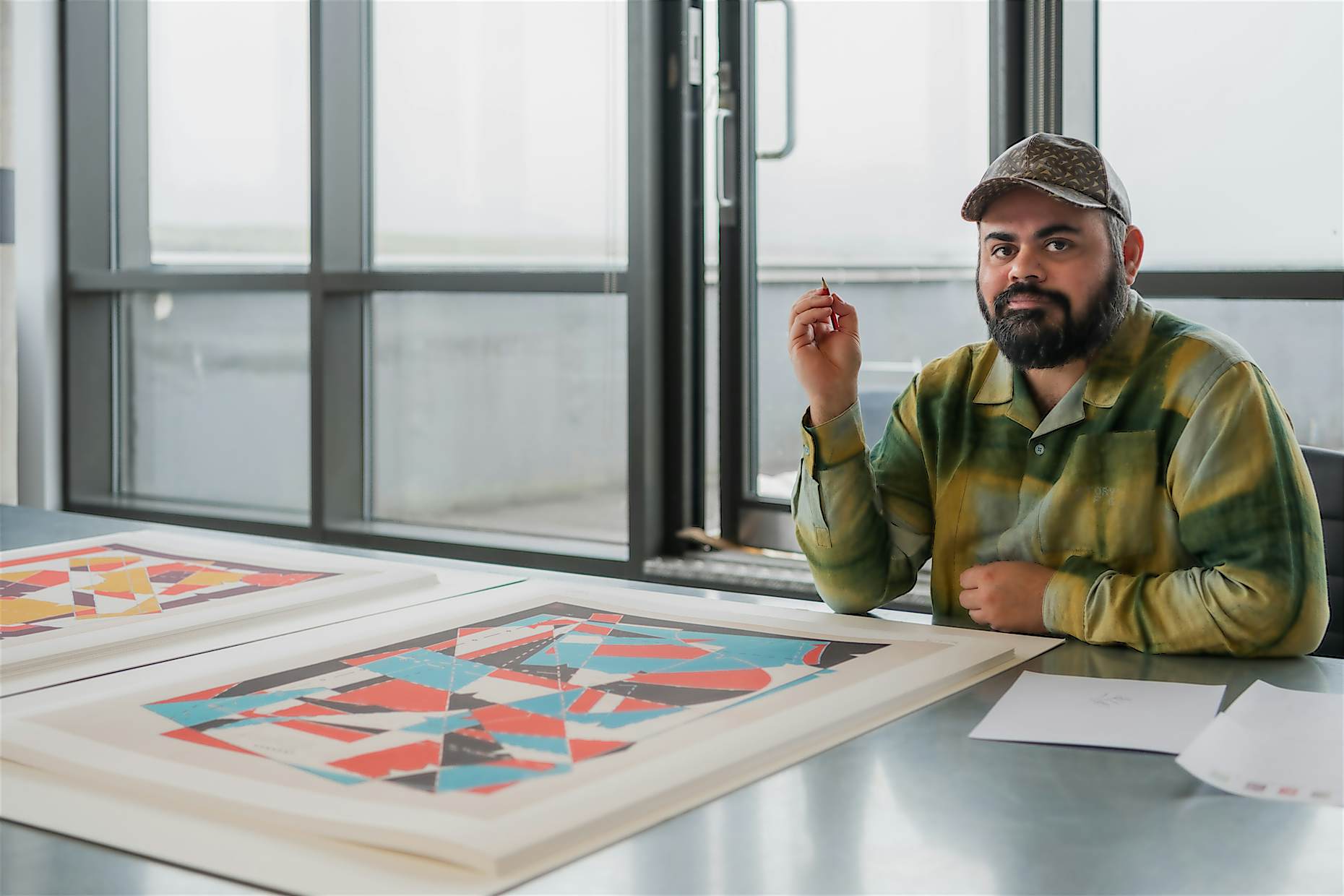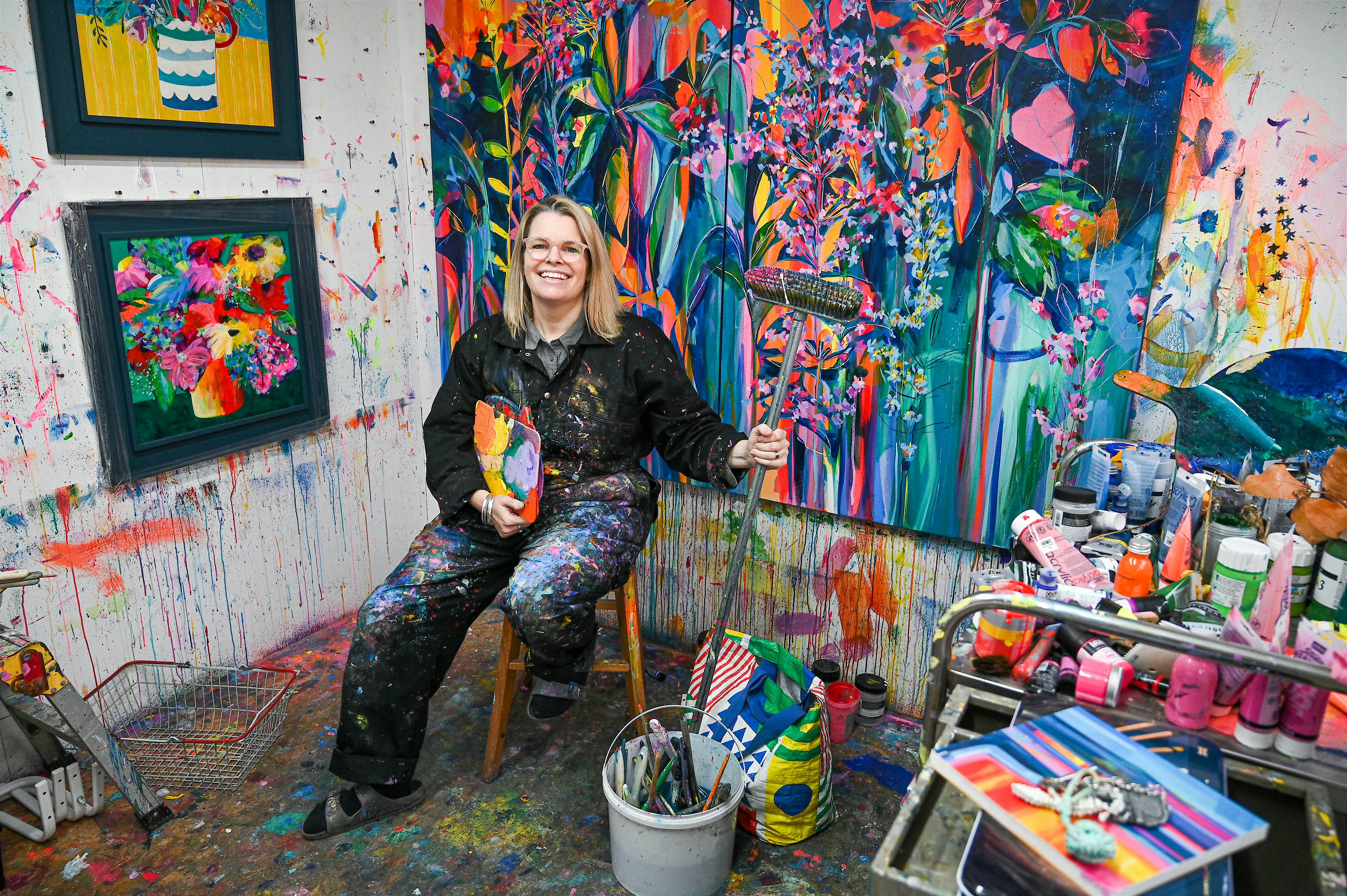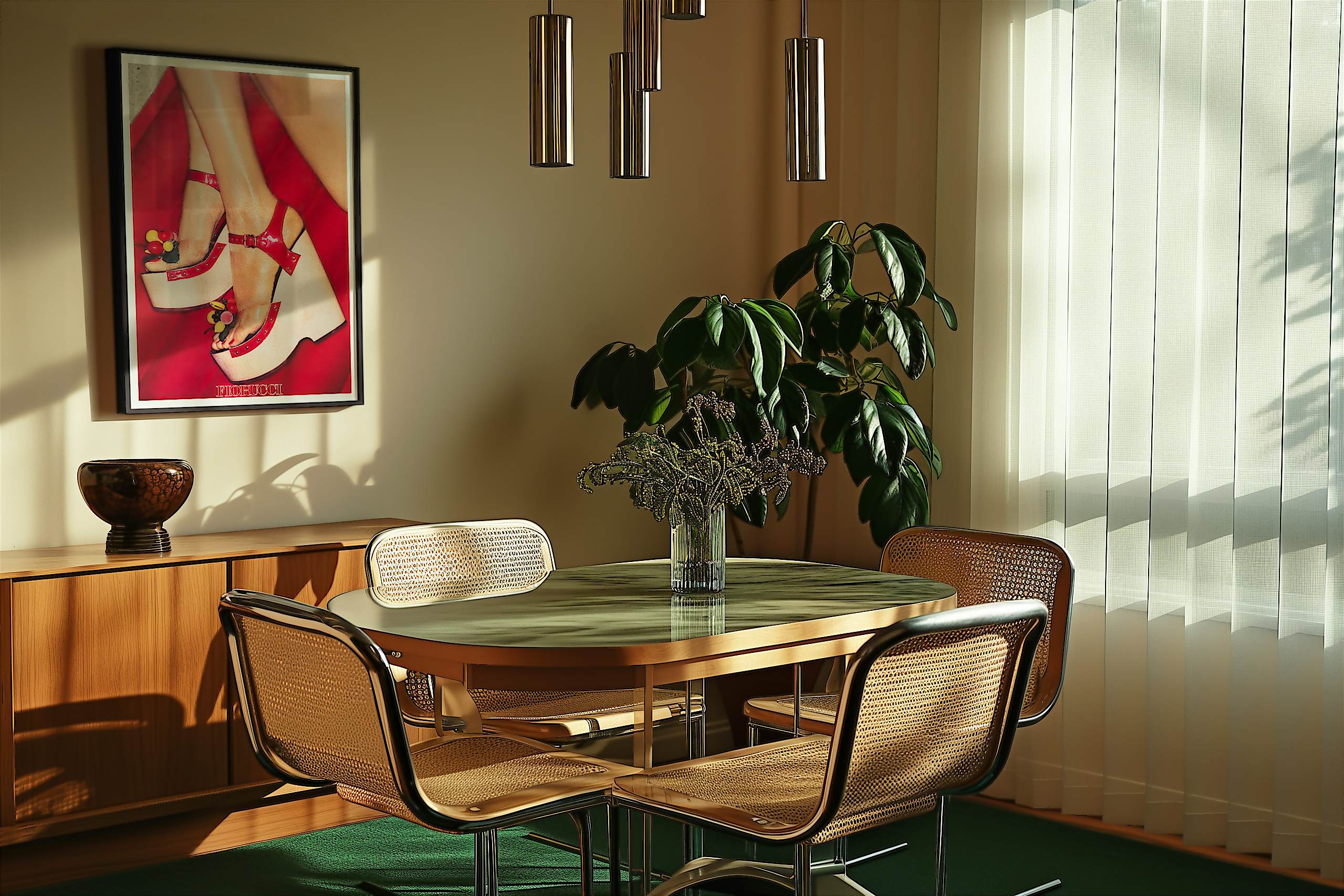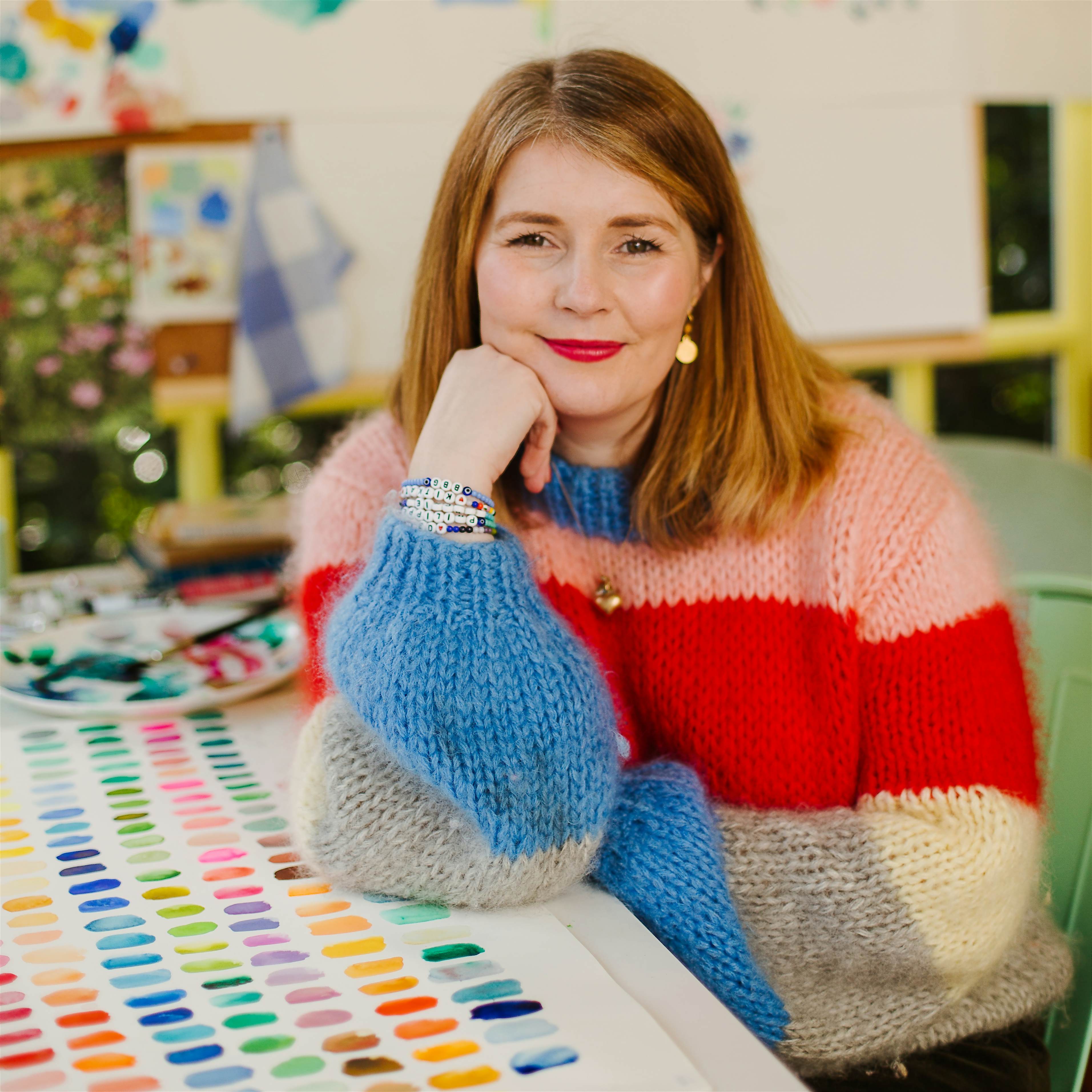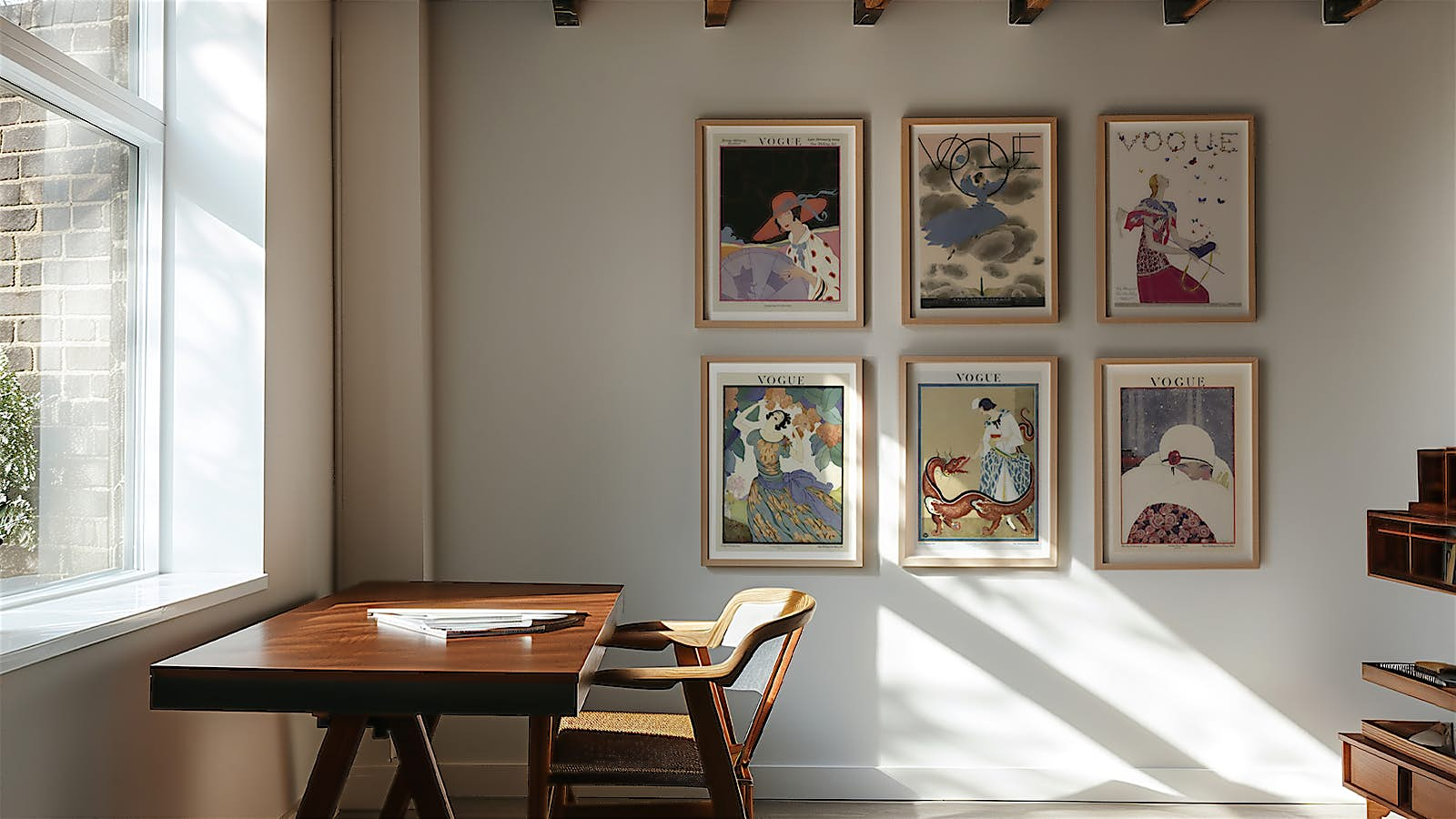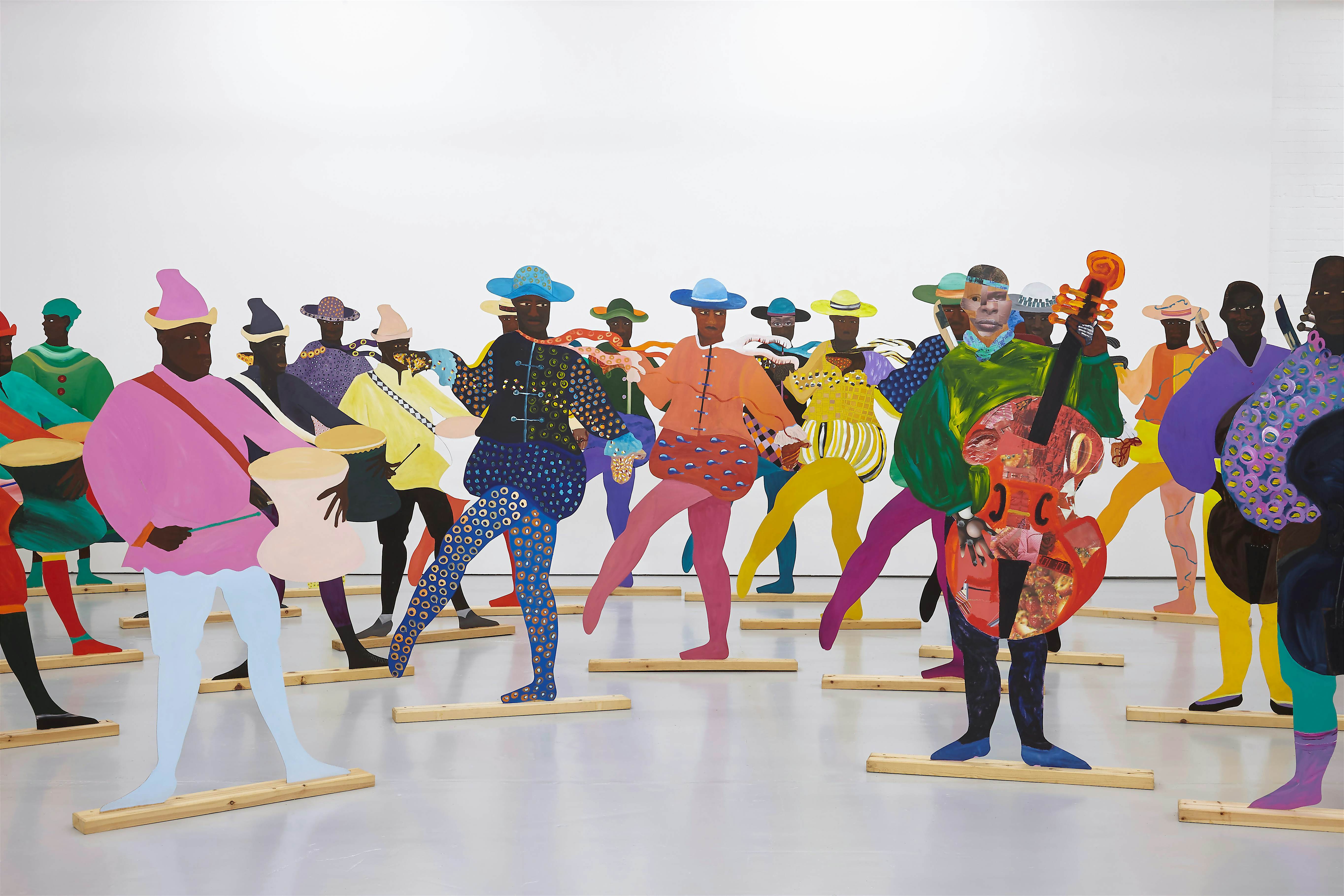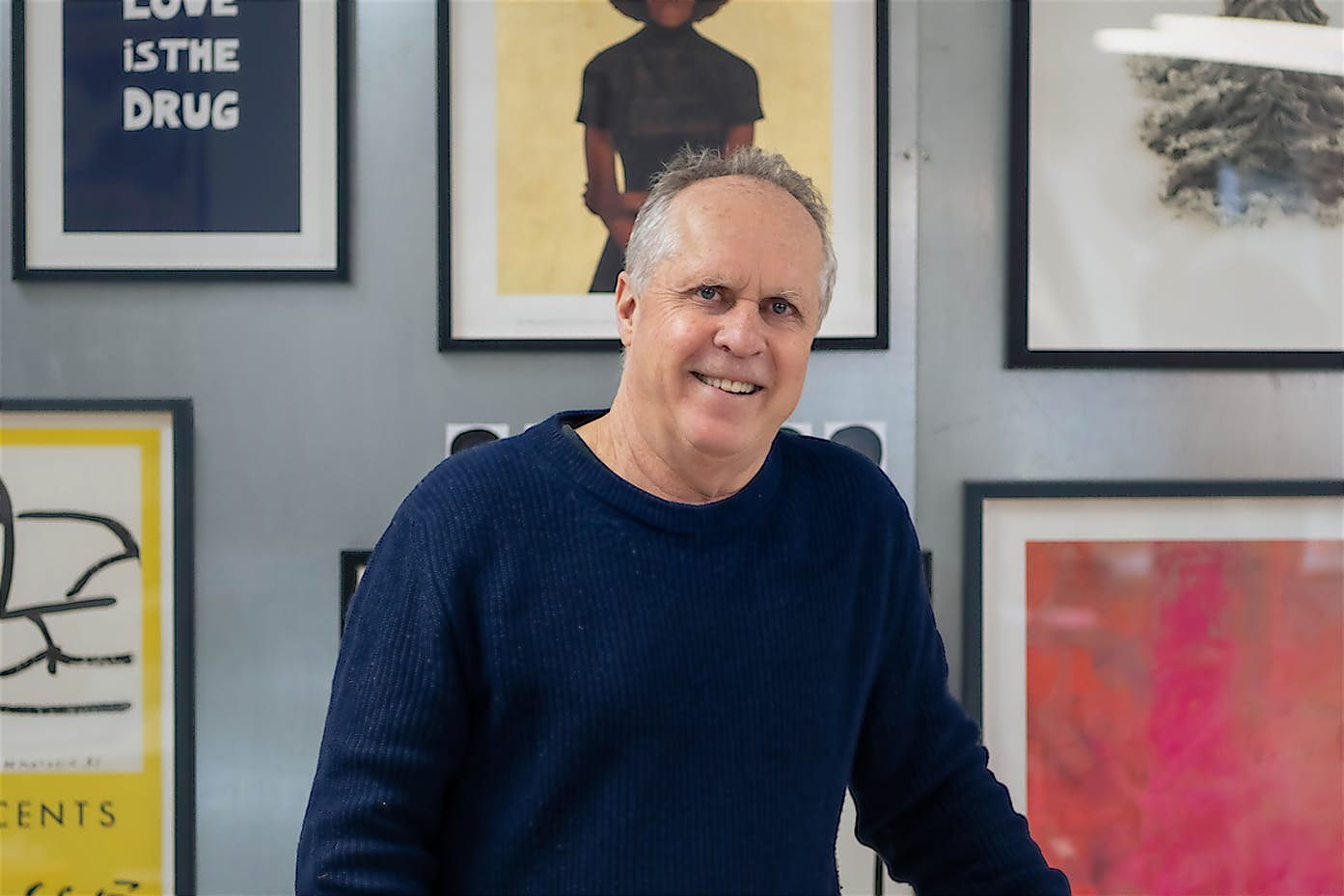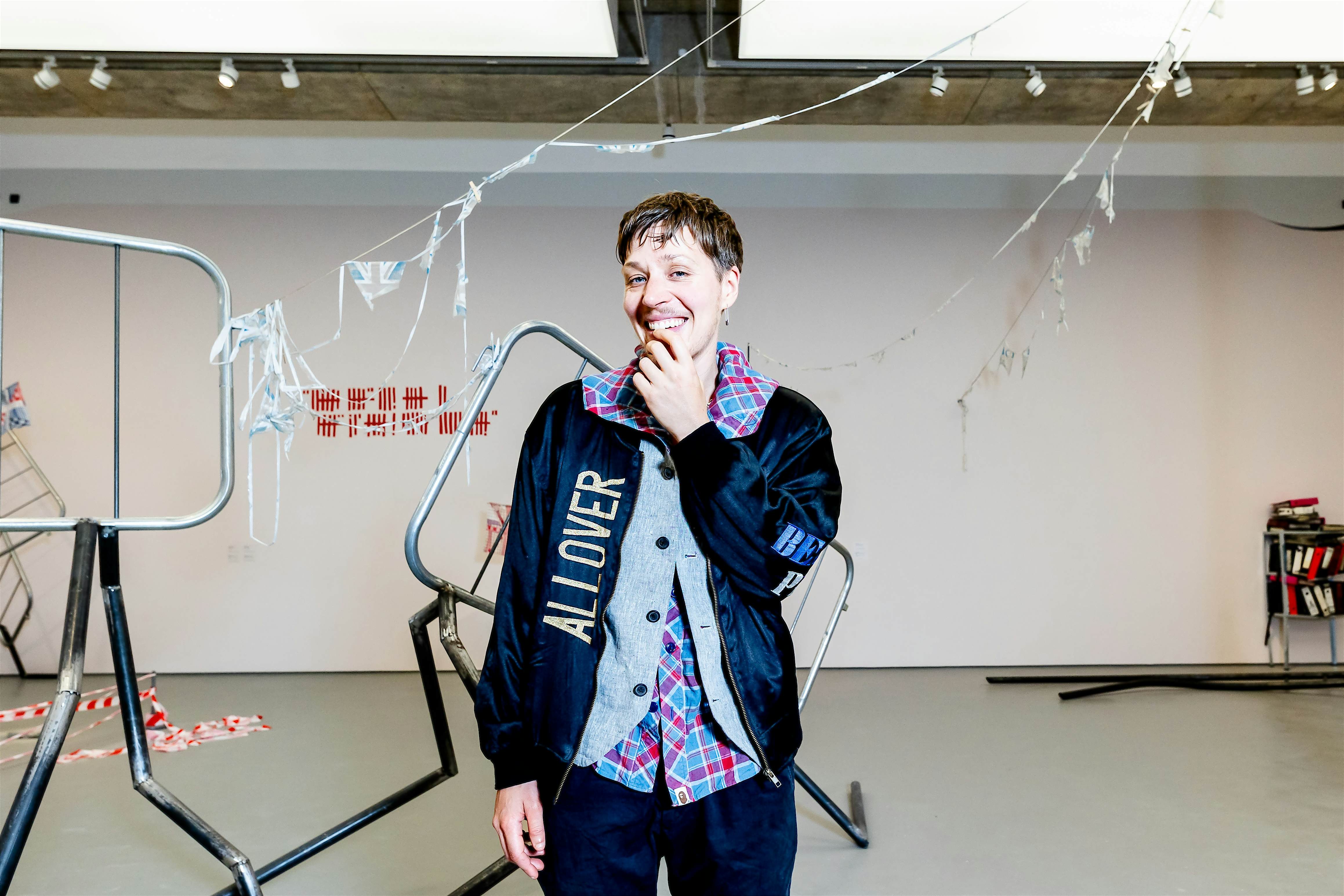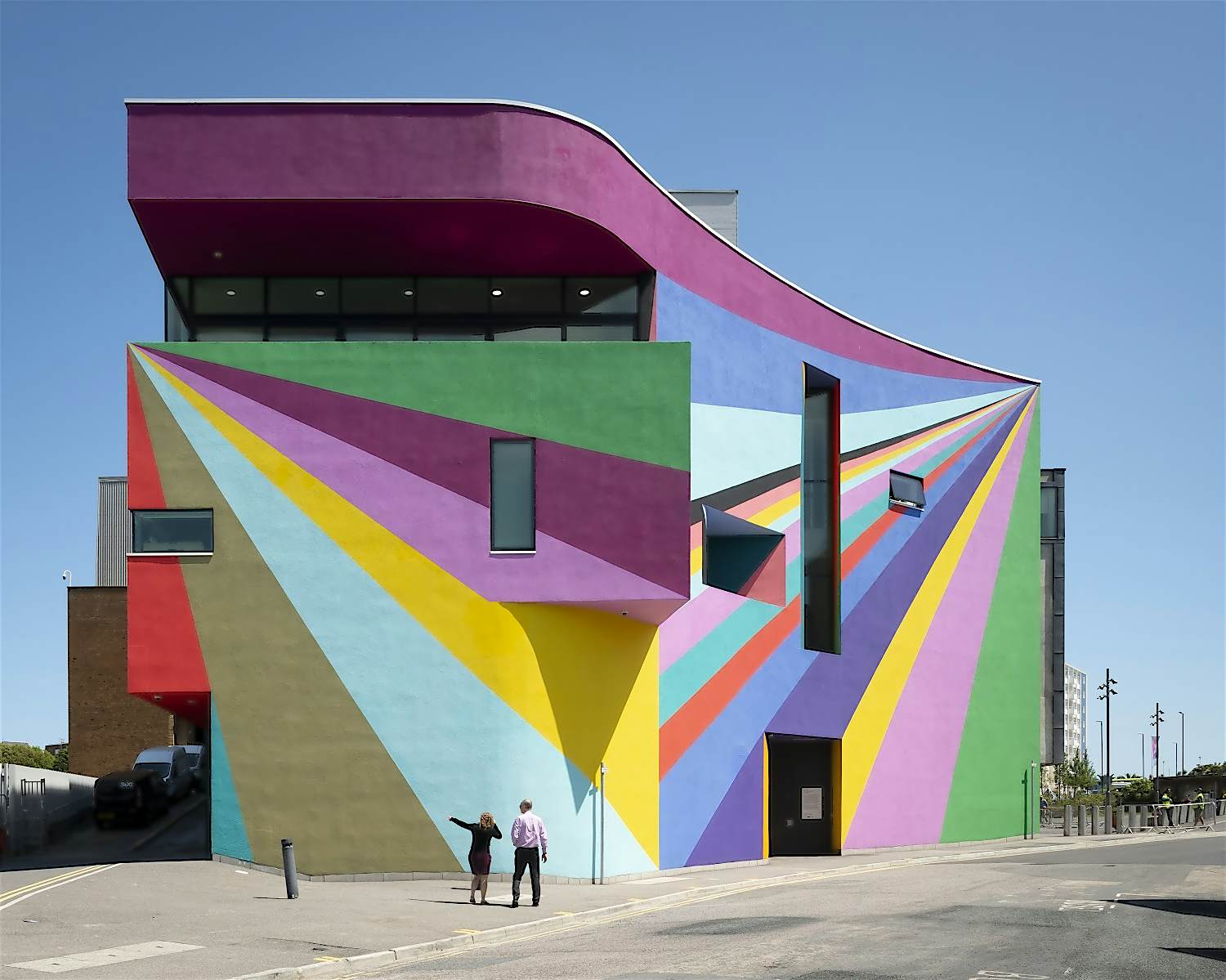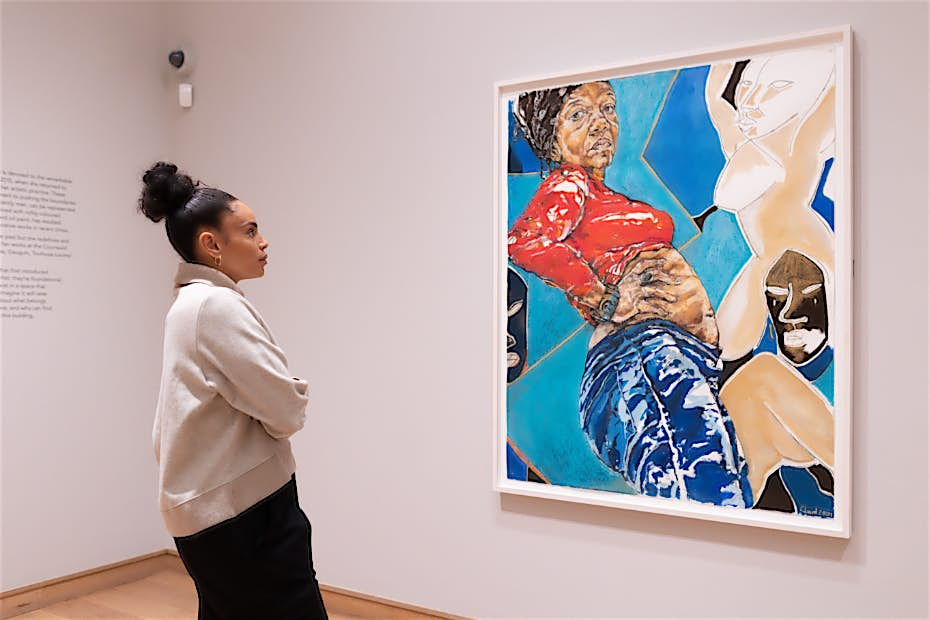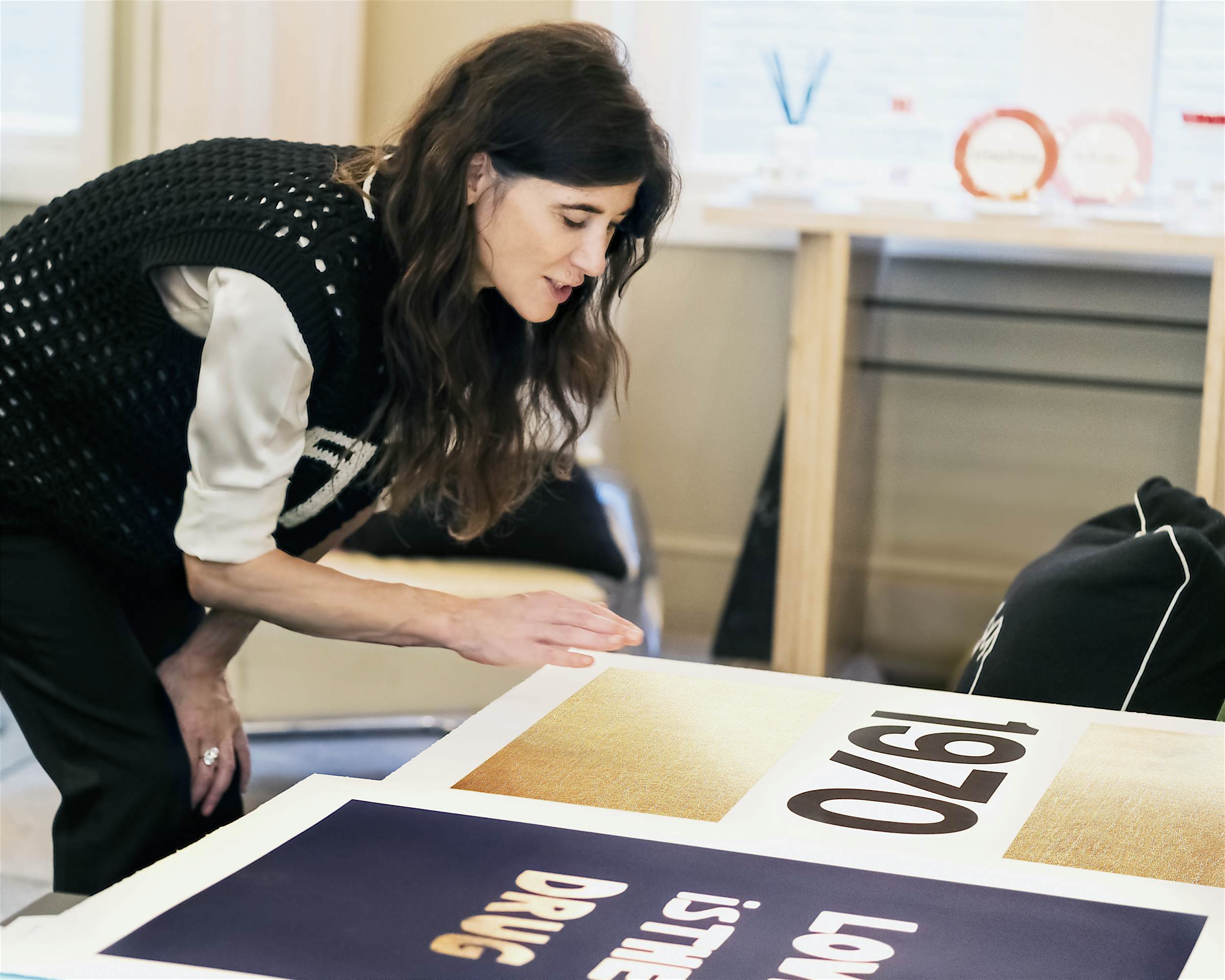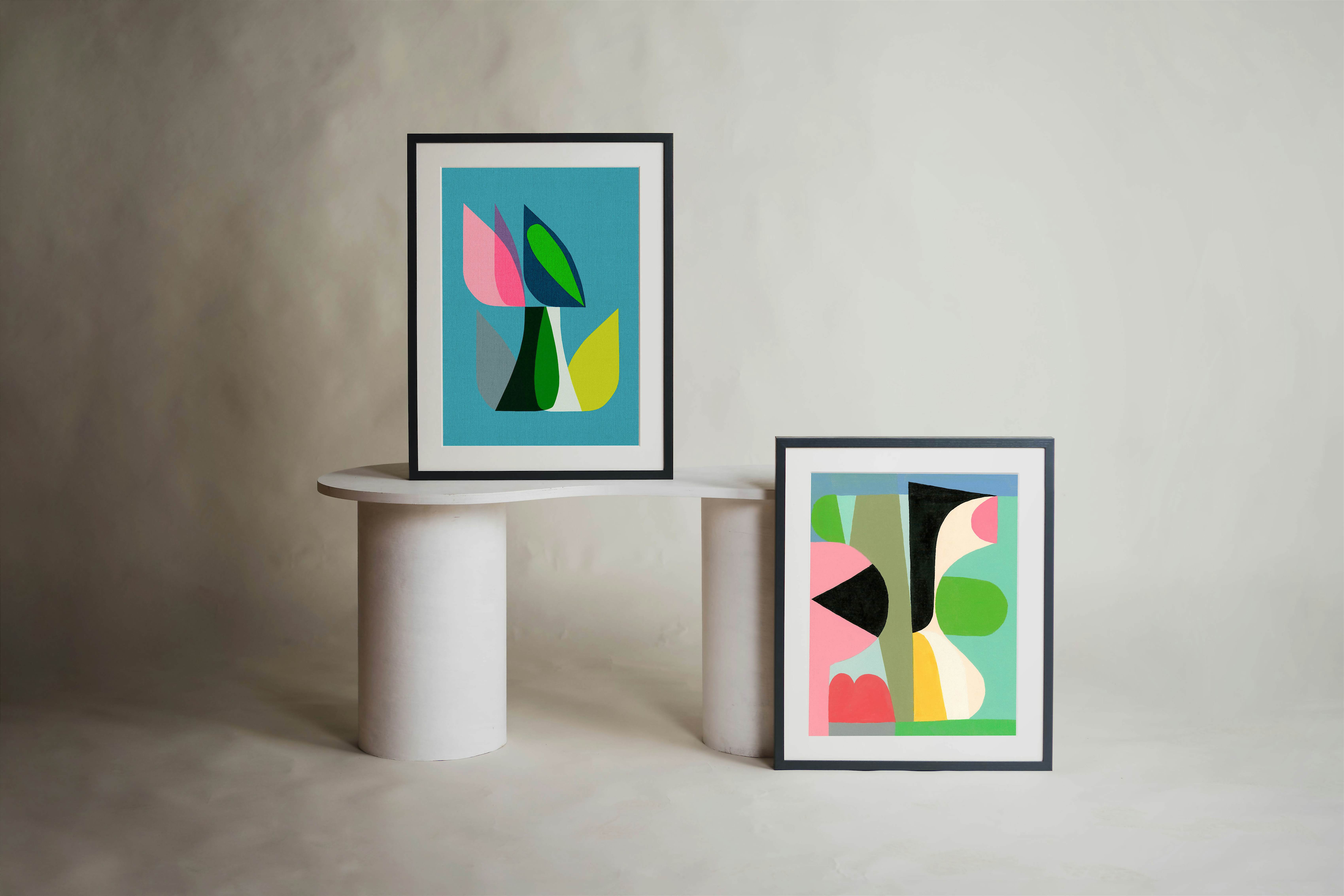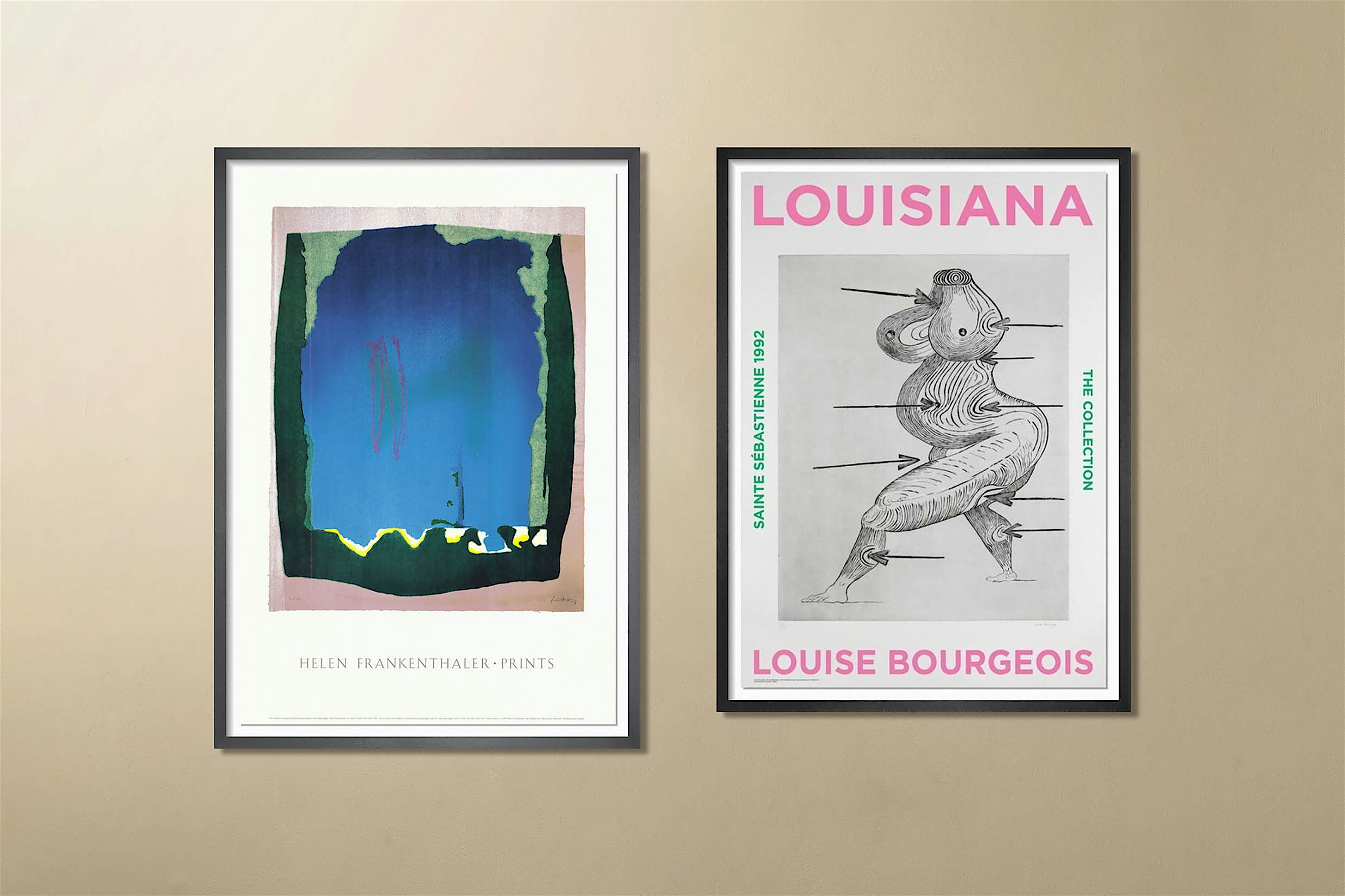We talk to Tamie Cornwall-Jones about the rich history of Petersburg Press
Suggested filters
Established in 1967 by Paul Cornwall-Jones, Petersburg Press were exemplary in their approach to collaborating with artists including David Hockney, Sir Howard Hodgkin and Jim Dine. From the quality of the materials used, to the expertise of their printmakers who worked closely with the artists, they were revolutionary when it came to the art form of printmaking.
Playing a vital role in the company since she joined in 1969, today Tamie Cornwall-Jones takes care of the Petersburg Press archive, where she still finds trial proofs and other treasures in drawers that she hasn’t seen for years. Here, Tamie tells us about the rich history of the Press and how Paul thrived in giving artistic freedom to the Press’ diverse umbrella of artists.

Q: Hi Tamie, it’s great to speak with you and learn about all things Petersburg Press. Could you tell us where it all began?
A: Paul Cornwall-Jones founded Petersburg Press in London in 1967 which operated initially from his house in St. Petersburgh Place, hence the name. The ‘h’ had fallen off the street sign nearby.
When I joined in 1969 the house was undergoing renovation and he and I worked in what became a small showroom in the front hall, with a back office in what became the dining room, me on a trestle table with an old-fashioned manual typewriter at one end, telephone and work space at the other. Paul frequently retreated upstairs to the drawing room, working on a fold-away poker table. Lithography and etching presses were installed in the basement.

It started up with minimal funding so publications were initially financed by pre-selling on subscription. In 1972 the office and studios moved to Portobello Road in London. And at around the same time we opened in New York with an office/showroom in a ground floor apartment down the street from the Metropolitan Museum, and studios on two floors of Claes Oldenburg’s building on Broome Street.

Q: You’ve worked with amazing artists, from David Hockney, to Jim Dine and Patrick Caulfield. How were those early connections fostered and developed?
A: Paul first began publishing when he and Michael Deakin started Editions Alecto in 1960 while they were both students at Cambridge University. They commissioned John Piper, Julian Trevelyan and others to create images of university colleges and schools to sell to alumni, which proved quite successful.
On leaving university, Alecto was established in London in 1962. Michael left for a job at the BBC, and Paul as Managing Director was joined by Joseph Studholme and a few enthusiastic non-executive directors/investors, including Mark Glazebrook who was then working at the Arts Council (and with whom Paul shared a house).
It was through Mark that Paul met David Hockney, then a student at the Royal College of Art but already a presence on the London art scene. When Paul was invited to see the 16 etchings he was working on titled ‘A Rake’s Progress’ he asked Hockney if he could publish them in an edition of 50, offering the then princely sum of £5000 which enabled Hockney to live in California for a year.
‘Paul had no plans to continue publishing, but artists began asking if he would help them complete projects which had been abandoned by Alecto as well as to work together on new projects. Hence Petersburg Press was born.’
Tamie Cornwall-Jones

Today this group of work is one of his most highly prized. Other projects ensued with British painters and sculptors such as Richard Hamilton, Eduardo Paolozzi, Allen Jones, Richard Smith and Robyn Denny. Paul’s interest then expanded to include young American artists with whom he began to work including Jim Dine, Claes Oldenburg, Frank Stella and Roy Lichtenstein. In parallel with this program Alecto was publishing British topographical artists and printmakers. In 1967, there was a parting of the ways as Studholme and other executive directors did not wish to pursue the artists Paul had introduced to the program.
Paul had no plans to continue publishing, but artists began asking if he would help them complete projects which had been abandoned by Alecto as well as to work together on new projects. Hence Petersburg Press was born.

Q: Was it a collaborative process between the artists and the Press?
A: Absolutely. Artists were invited to work and potential projects were discussed. Careful attention was paid as to which collaborative printer would best suit a particular artist as well as to the environment in which the artist would feel most comfortable, or indeed challenged to make new work. Petersburg had its own studios in London and New York but in addition set up dedicated studios for individual artists: in the case of Frank Stella, in his house in New York City and for Jim Dine, in Vermont. Lithography master printer Maurice Sanchez worked exclusively for James Rosenquist in Rosenquist’s studio in Easthampton.
Many also worked under our auspices elsewhere. In 1973, when Picasso died, Aldo Crommelynck, the etching printer with whom Picasso had worked exclusively for years, left his studio in Mougins, near Picasso in the south of France, returning to his studio on the rue de Grenelle in Paris. Richard Hamilton asked Paul if he could work with Crommelynck on an etching he planned as a homage to Picasso. This was arranged, and soon thereafter other artists including David Hockney, Jim Dine and Howard Hodgkin also visited the studio and created etchings, which we published.

When Petersburg approached Jasper Johns in 1975 proposing he make images to accompany Samuel Beckett texts Paul also suggested that he collaborate with Crommelynck. At that time Johns had been working almost exclusively in the medium of lithography, so this was new territory for him.
Crommelynck, described by The Guardian at the time of his death as ‘the pre-eminent printer’ of the second half of the twentieth century, and Jasper Johns, one of the most acclaimed artists of the same period, worked well together and forged a strong working relationship. Foirades/Fizzles 1976, which included 33 etchings, was the result, and is considered today as one of the most important post war livres d’artiste books. It was exhibited and acquired by multiple museums worldwide.
In 1982 when David Hockney began to create photo collages we set up a studio in Los Angeles convenient to where Hockney was living. We had a team of 5 who were printing and assembling each of the series of 42 images which were then simultaneously exhibited in Los Angeles, Chicago, New York, London and Tokyo.
The contribution of the printer is often underestimated but is key to enabling the artist to execute a work to his or her vision. Artists such as Rene Ricard, Michele Zalopany, Francesco Clemente and Michael Hurson were given free rein in Petersburg’s New York studio on Lafayette Street to create work in multiple mediums.

Q: The Press set an impeccable standard for lithographic print, could you tell us about your ethos?
A: I think the ethos was to provide the artist with the best possible facilities and highest quality of materials; then promote the work to the widest possible audience, arranging exhibitions in museums and galleries.
We considered it essential to allow the artist to take the time needed for the best outcome. There was no scheduling of the studios. Frank Stella’s series of ten ‘Polar Co-ordinates’, 1980 took two years and required the assistance of two or three printers throughout the project.
‘Collaborative printers were key. Their technical mastery was essential, but so were their problem-solving capabilities; their creativity in determining how the artist could attain his/her desired effect.’
Tamie Cornwall-Jones

Collaborative printers were key. Their technical mastery was essential, but so were their problem-solving capabilities; their creativity in determining how the artist could attain his/her desired effect. During the development of Francesco Clemente’s ambitious book, ‘The Departure of the Argonaut’, 1986, a printer spent days formulating how best to achieve a watercolour-like luminosity for many of the images, even working in his own kitchen to experiment with melting the pigments together. In one of the lithographs Clemente was looking to devise a snakeskin texture, and in a stroke of genius, a printer ran down to a wallet-maker on another floor of the building and secured a scrap of snakeskin leather. The texture was transferred with graphite to mylar on which Clemente then drew and painted.
Petersburg took the view that prints were important to promoting the artist. Whereas painting or sculpture could be seen only in a very few galleries, the nature of prints as multiples (and at a more affordable price) could be more easily seen and acquired internationally. In order to achieve this our sales team travelled extensively across Europe, the U.S., East Asia, South Africa and Australia carrying prints in portfolios to show to galleries, collectors and museums which led to reaching a new audience, placing work in museum collections and organising museum and gallery exhibitions.
No other publisher travelled in this manner. It was a very different world, the market was not global, there was no internet nor multiple art fairs to access a broad collecting base. And relatively speaking print prices were much more modest.
In the late 1970’s Petersburg curated Hockney’s first exhibition of drawings and prints to tour museums across the U.S. which also travelled to London and Tehran. And in the early 1980’s we organised a similar number of exhibitions of drawings and prints in commercial galleries in Europe, the U.S., South Africa, Japan and Australia.
Posters were designed to promote the exhibitions, each reproducing one of the artist’s drawings. Rather than looking to a standardised format, using flimsy cheap paper and confined to four colour reproduction, each was designed to enhance its respective image, on sheets of varying sizes. And as the artist was frequently on site his input was key in determining quality and design. Fine papers were used, with multiple printings to enrich the image. As a result, posters could look as vibrant as the artworks they reproduced.
‘Fine papers were used, with multiple printings to enrich the image. As a result, posters could look as vibrant as the artworks they reproduced.’
Tamie Cornwall-Jones
Q: Could you tell us about the archive and the role it plays today?
A: The archive feels like a bit of history. It’s always a pleasure to find something in a drawer or on the racks which one hasn’t seen for years. Photographs never do justice. We have also been exploring works stored in drawers, discovering fascinating trial proofs and other working material, many of which I have never seen before.
Q: Do you have a personal favourite in the collection?
A: Not really. There are so many I love. I do particularly admire the livres d’artiste. These were very ambitious projects for the artists who not only created the images but were deeply involved in the layout and design, typeface, and binding. They were expensive to produce and commercially risky as there is no broad collector audience for books. People prefer buying what they can hang on a wall. However, they are widely held in museum collections which ensures the longevity of being seen and studied.
I love the David Hockney ‘Six Fairy Tales from the Brothers Grimm’ from 1969 including 39 etchings, which was one of our earliest publications. There were 4 editions of the book bound in leather, each with a suite of 6 loose prints, and a portfolio edition of loose prints; in total some 29,500 hand printed etchings. The project cost around £100,000, equivalent to around £850,000 today. Looking back, I can’t believe what an incredible high stakes risk this was. No other publisher would have dreamed of taking such a risk. Funds to finance the project were raised entirely by sales via subscription, before the artist had completed his work, so buyers had no knowledge as to what they might receive. The artist turned up trumps and created an exceptional body of work which has passed through multiple hands over the last 50 years. The prints continue to be admired and sought after, and are regularly exhibited.
‘Paul was not seeking a Petersburg stamp or look. He thrived on the diversity and challenges of new projects.’
Tamie Cornwall-Jones
Q: What do you think Petersburg Press’ lasting legacy will be?
Paul Cornwall-Jones was the driving force in Petersburg Press’ choice of artists and innovation in its publishing and promotion program. For him it was all about the artist and the excellence of production and breadth of distribution. Petersburg did not have a studio chop mark. Paul was not seeking a Petersburg stamp or look. He thrived on the diversity and challenges of new projects. I once asked him the question about legacy and his answer was that it rested in the work the artists produced under the Petersburg umbrella.
Artists published by Petersburg Press: Marcel Broodthaers | Patrick Caulfield | Francesco Clemente | Gene Davis | Jim Dine | Marcel Duchamp | Richard Hamilton | David Hockney | Howard Hodgkin | Michael Hurson | Jasper Johns | Allen Jones | R.B. Kitaj | Roy Lichtenstein | Henry Moore | Claes Oldenburg | Eduardo Paolozzi | Rene Ricard | James Rosenquist | Dieter Roth | Richard Smith | Frank Stella | Mark Tobey | William Tucker | Michele Zalopany
Related stories
Subscribe to our newsletter
Be the first to hear about our new collections, limited edition launches, and enjoy artist interviews.
By subscribing you agree to our privacy policy.
Contact us: customer care
Email us
01273 511 942
Mon-Thurs, 9 am - 5 pm
Fri 9 am - 2 pm
All art prints and images on this website are copyright protected and belong to their respective owners. All rights reserved.












